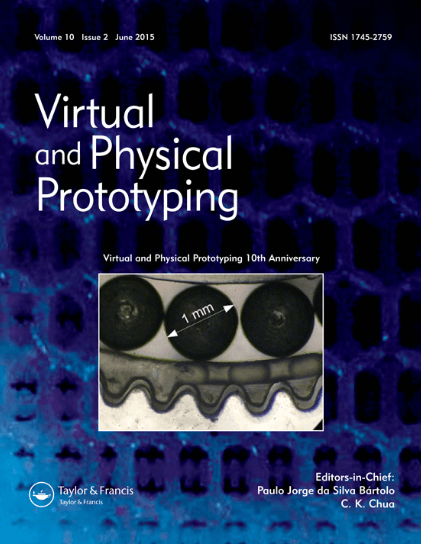基于颗粒法的金属增材制造过程建模与仿真研究进展
IF 10.2
1区 工程技术
Q1 ENGINEERING, MANUFACTURING
引用次数: 0
摘要
数值模拟在增材制造中的关键作用刺激了对无网格、基于粒子的离散化技术的有效性和潜在应用的研究。这些方法在处理流体流动方面表现出色,是商业模拟软件中通常使用的基于网格技术的可行替代方案。在本文中,我们回顾了使用颗粒方法开发金属增材制造(MAM)过程计算模型的最新进展,在粉末(或熔池)规模上控制这些过程的基本机制的理论理解,以及基于物理的建模方法的可预测性。本文探讨了基于粒子的方法在模拟粉末床熔合、定向能沉积和粘结剂喷射过程中的适用性和性能。由于MAM的进展依赖于系统的材料-工艺-结构实现,而这些实现通常不可能在实验中感知或观察到,因此开发高效的基于颗粒的多尺度模拟工具对于通过原位过程控制和优化实现这一目标至关重要。本文章由计算机程序翻译,如有差异,请以英文原文为准。
Modelling and simulation of metal additive manufacturing processes with particle methods: A review
The critical role that numerical simulation plays in additive manufacturing has stimulated research on the effectiveness and potential applications of mesh-free, particle-based discretisation techniques. These methods excel at handling fluid flows and are viable alternatives to the mesh-based techniques typically used in commercial simulation software. In this paper, we review recent advances in developing computational models for metal additive manufacturing (MAM) processes using particle methods, in the theoretical understanding of the fundamental mechanisms that control such processes at the powder (or melt pool) scale, and in the predictability of physics-based modelling approaches. The paper explores the applicability and performance of particle-based methods in simulating powder bed fusion, directed energy deposition, and binder jetting processes. Since the progress of MAM relies on systematic material-process-structure realisations which are often impossible to sense or observe experimentally, developing efficient particle-based and multiscale simulation tools can be essential to achieving this objective through in-situ process control and optimisation.
求助全文
通过发布文献求助,成功后即可免费获取论文全文。
去求助
来源期刊

Virtual and Physical Prototyping
Engineering-Industrial and Manufacturing Engineering
CiteScore
13.60
自引率
6.60%
发文量
66
期刊介绍:
Virtual and Physical Prototyping (VPP) offers an international platform for professionals and academics to exchange innovative concepts and disseminate knowledge across the broad spectrum of virtual and rapid prototyping. The journal is exclusively online and encourages authors to submit supplementary materials such as data sets, color images, animations, and videos to enrich the content experience.
Scope:
The scope of VPP encompasses various facets of virtual and rapid prototyping.
All research articles published in VPP undergo a rigorous peer review process, which includes initial editor screening and anonymous refereeing by independent expert referees. This ensures the high quality and credibility of published work.
 求助内容:
求助内容: 应助结果提醒方式:
应助结果提醒方式:


